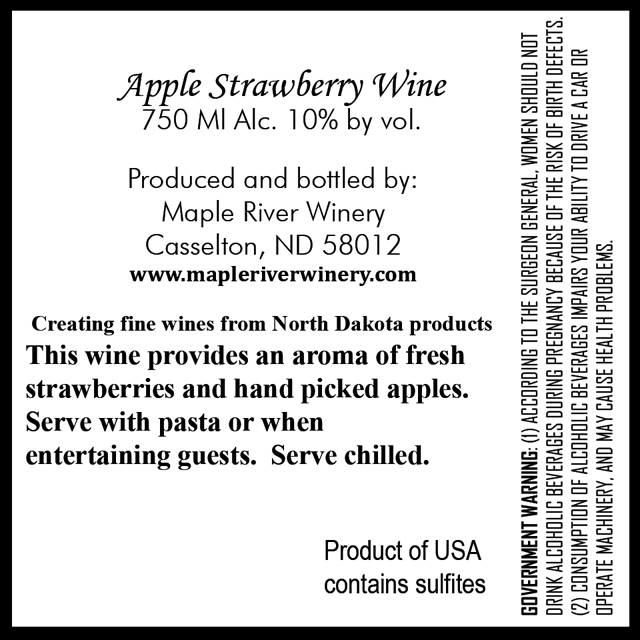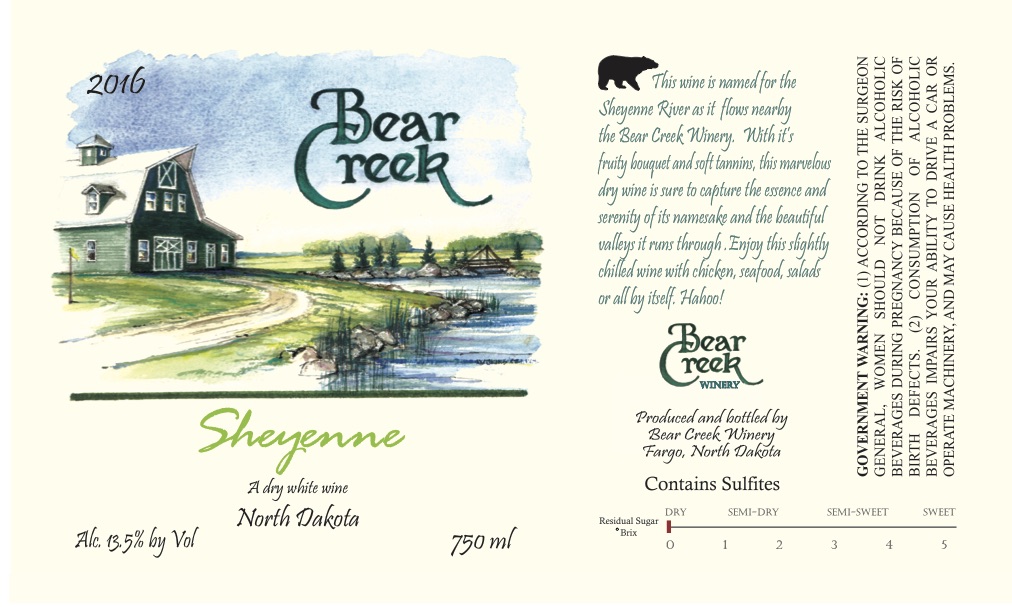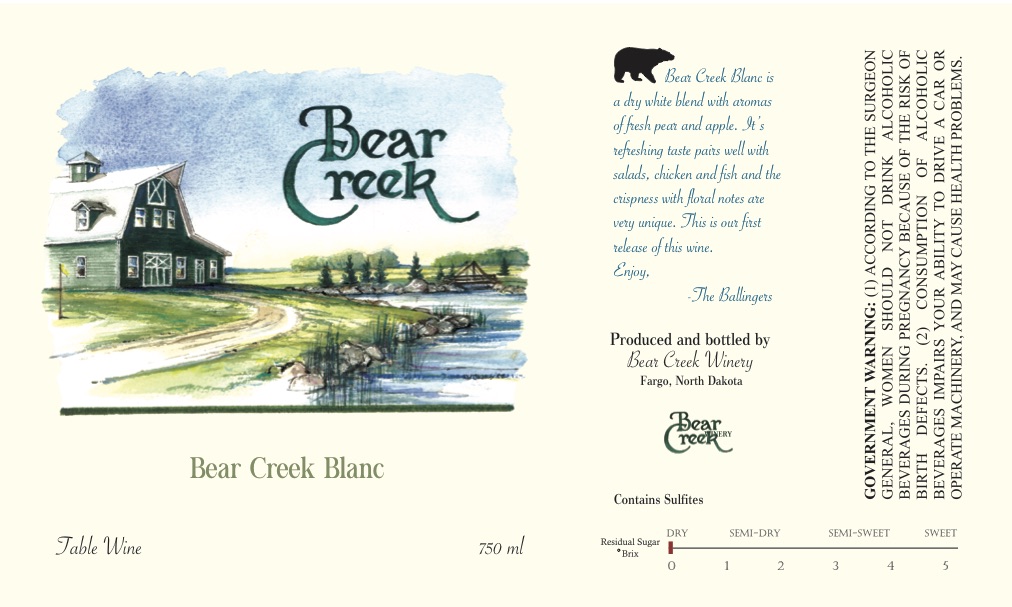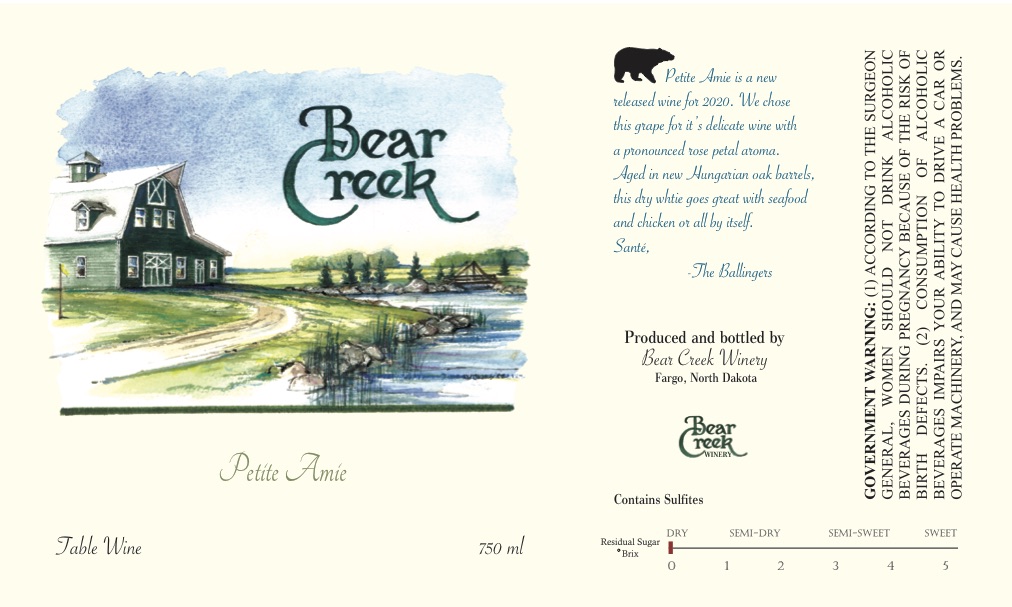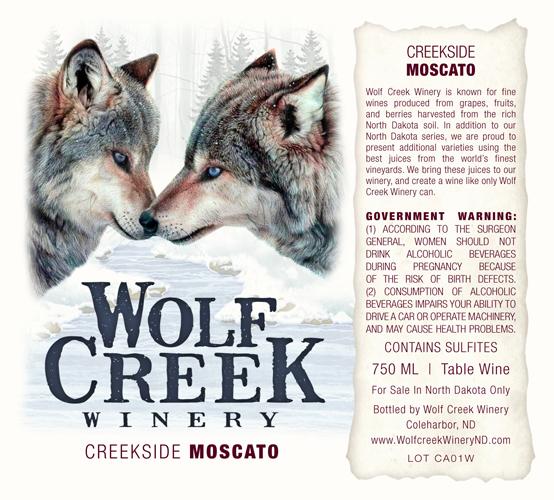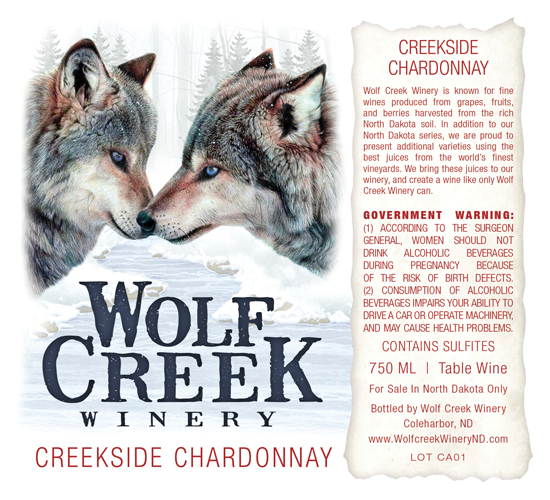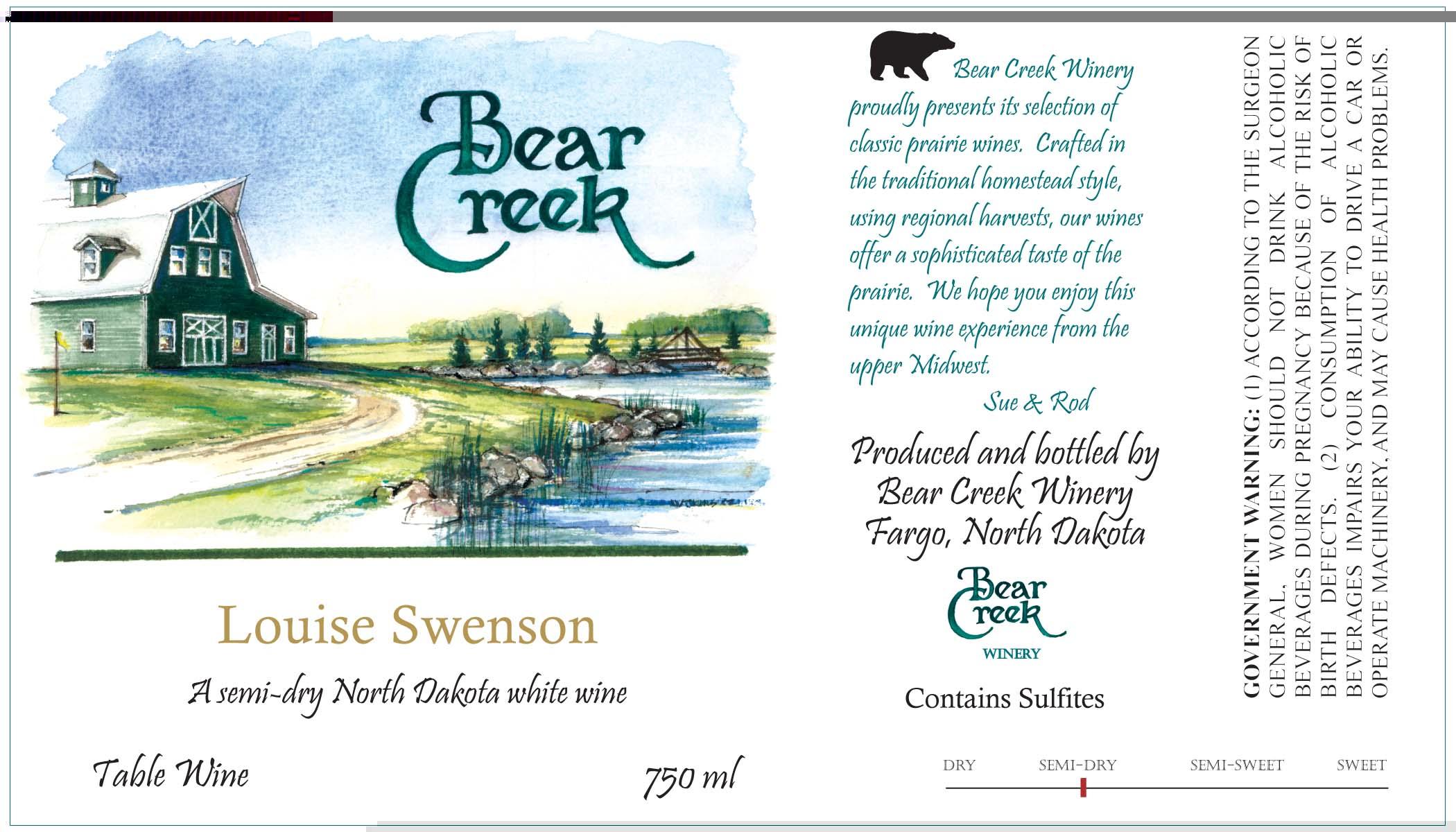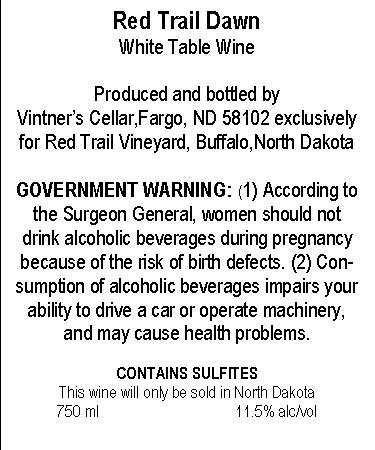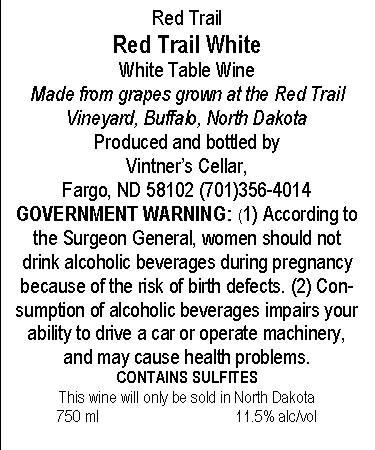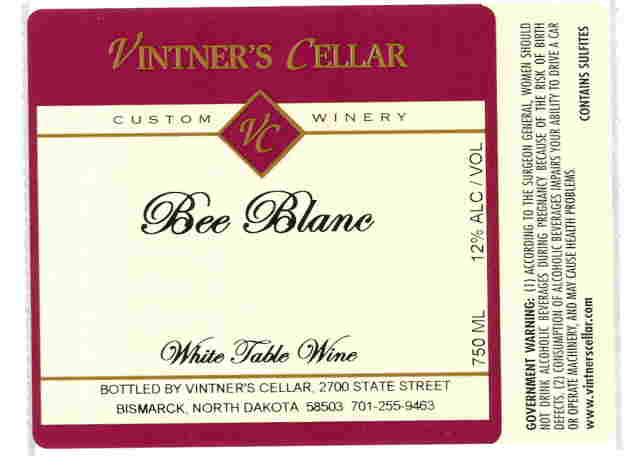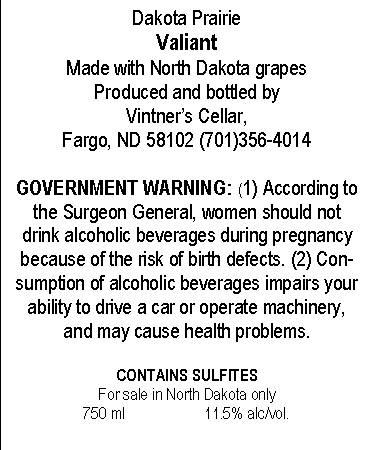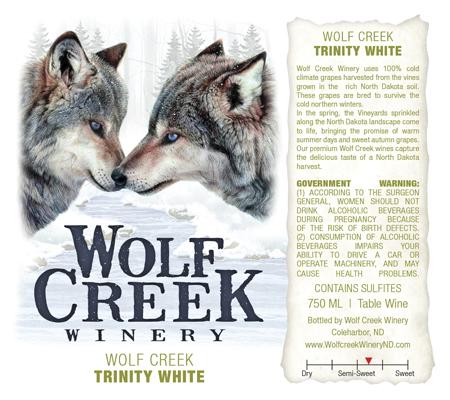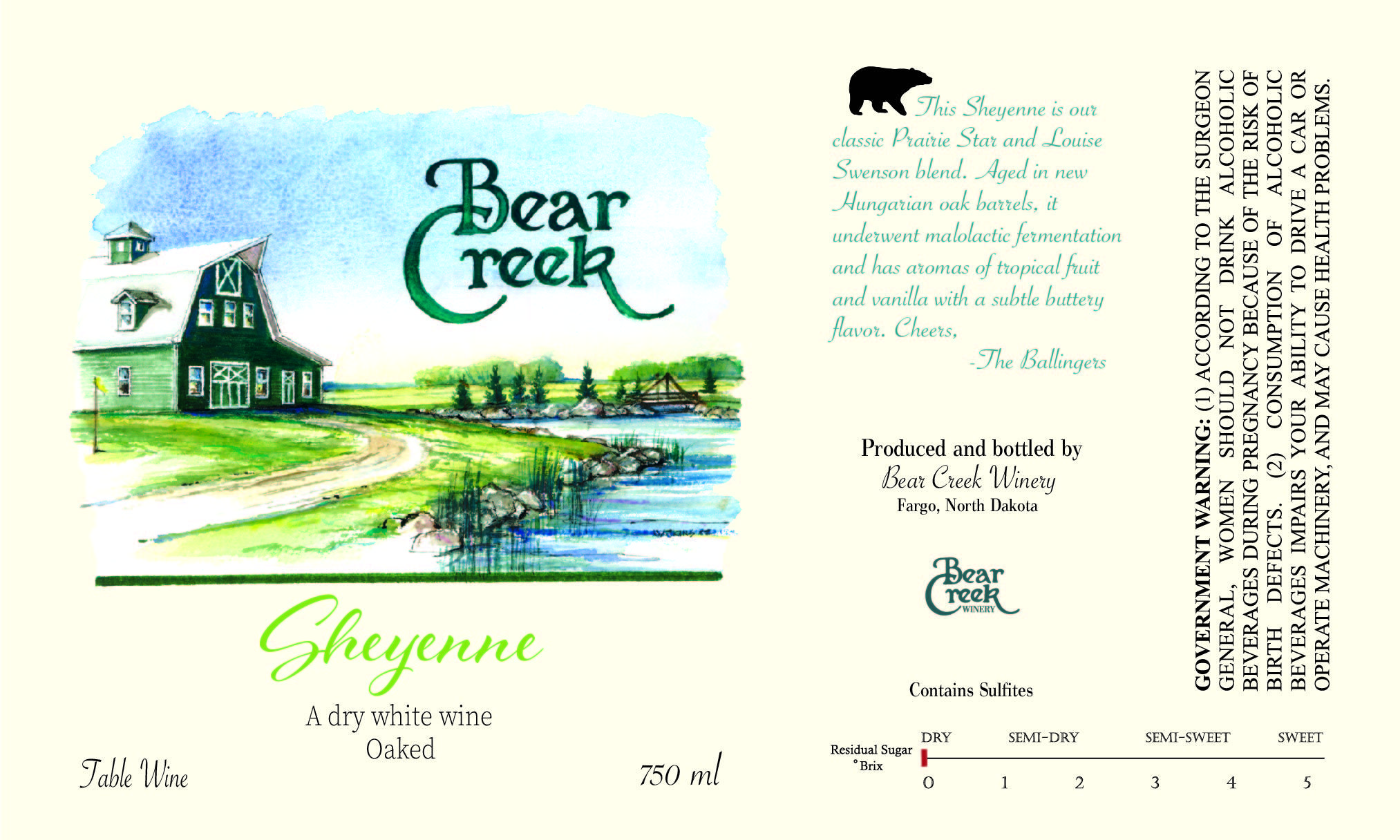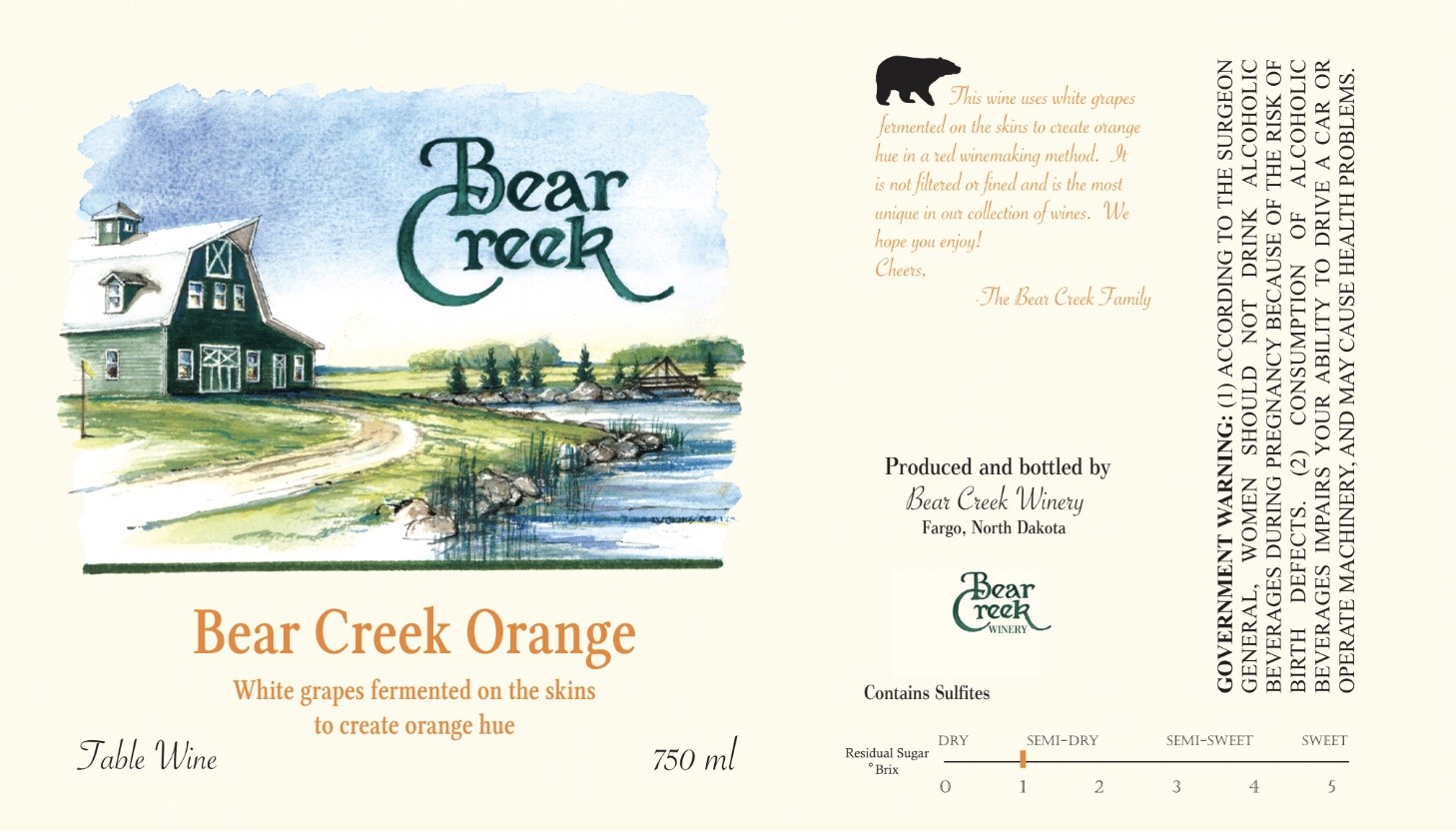Terroir of North Dakota
North Dakota's terroir is shaped by its harsh continental climate and vast prairie landscapes. The region's severe winters, with temperatures dropping below –40 °F, require the growth of cold-resistant grape varieties. Although the growing season is short, vineyards are strategically placed on south-facing slopes and higher areas to maximize sun exposure and airflow, reducing frost risk.
Soils range from heavy clay in the Red River Valley to sandier loams in the west, with sandy or gravelly soils favored for their drainage and heat retention. Low humidity and moderate rainfall decrease disease risk, crucial for healthy vine growth. With nearby crop fields, careful herbicide management is necessary. Wild riverbank grapes thriving in local microclimates offer valuable insights into ideal growing conditions, leading to the creation of robust, flavorful wines that reflect the resilience and character of the prairie.
Notable Wineries in North Dakota
North Dakota, a surprising wine region on the Great Plains, boasts several notable wineries that showcase its unique terroir and resilient spirit:
-
Pointe of View Winery: Near Minot, this pioneering winery crafts wines from native fruits and honey, offering a true taste of the Souris River Valley.
-
Fluffy Fields Vineyard & Winery: Located near the Badlands, known for its cold-hardy grapes and welcoming atmosphere.
-
Bear Creek Winery: Just outside Fargo, renowned for dry table wines and its celebrated Petite Pearl red.
-
Red Trail Vineyard: Along the historic Old Red Trail, famous for farm-to-table events and innovative viticulture.
-
Maple River Winery: In Casselton, excels in fruit wines with local produce, like their award-winning Strawberry Rhubarb Wine.
Sustainable Winemaking in North Dakota
North Dakota's wine industry thrives on innovative sustainability practices, adapting to its challenging climate. Vineyards favor cold-hardy hybrid grapes, reducing the need for pesticides and promoting resilience. Cover crops and grass are planted between vine rows to protect the prairie topsoil from erosion and enhance soil health, crucial in the windy plains.
Wineries use netting instead of chemicals to protect grapes from birds, while severe winters naturally lower pest numbers, reducing insecticide use. Water conservation is vital; drip irrigation is often employed in drier areas to maintain low water usage. Many wineries are small and family-run, relying on organic techniques and hand harvesting to minimize machinery use. By focusing on locally grown grapes and fruits, North Dakota's winemakers lower transport emissions and enhance biodiversity, crafting wines that reflect the state's commitment to sustainable, home-grown viticulture.
Wine Tourism in North Dakota
North Dakota offers a unique wine tourism experience, blending its frontier spirit with emerging viticulture. Wine tours often involve road trips across the state's picturesque landscape, with the Red River Wine Trek near Fargo being a popular choice.
Here, visitors can explore a variety of wineries, often situated on working farms, offering a glimpse into the state's agricultural roots. Notable stops include Red Trail Vineyard with its farm-to-table dining and Bear Creek Winery's expansive views. Out west, Fluffy Fields Winery near the Badlands provides a relaxed setting for enjoying local wines.
The state's small-scale wineries focus on personal connections, with winemakers eager to share their stories. Events like winery picnics and harvest festivals highlight the region's hospitality and diverse offerings, from fruit wines to meads, all set against the backdrop of North Dakota's resilient terroir.



